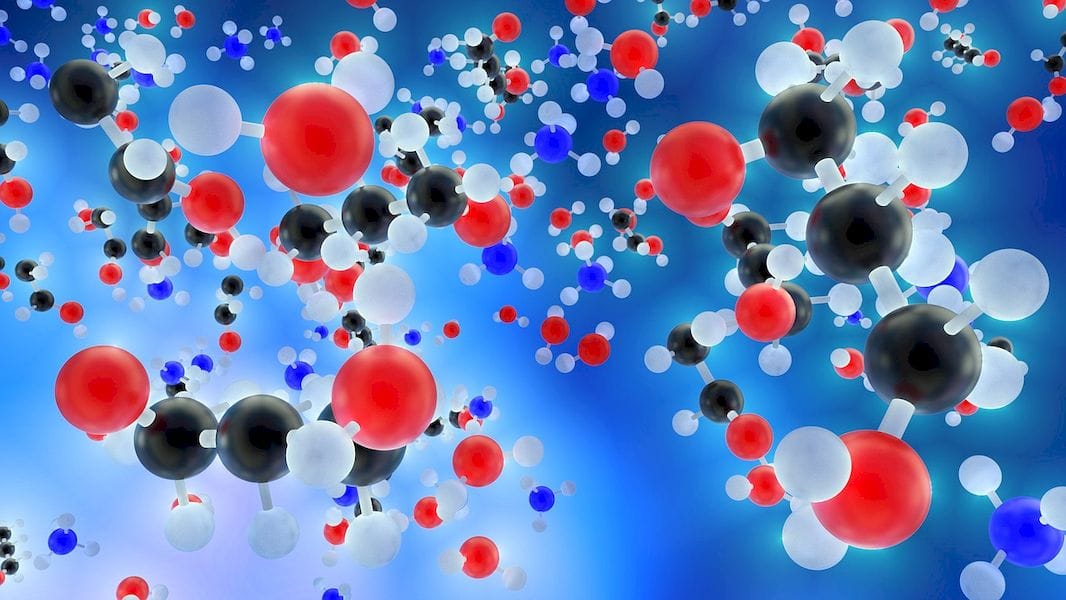
As things are unfolding in 2018, there seems to be a growing challenge: material choice.
With the introduction of professional 3D printers designed to accommodate a wide variety of input materials to address the needs of professional designers, engineers and architects, there has been a reaction by materials providers.
We’ve seen 3D print material providers who previously sold only standard ABS and PLA materials now venture into more exotic materials, such as ASA, PETG, PEEK and Nylon. Some have even gone further and marketed even more unusual materials.
But recently there have been much more serious work done by 3D print materials suppliers to develop customized materials that are particularly useful to 3D print operators.
This trend began in 2014, when 3D print materials pioneer colorFabb partnered with US-based Eastman Chemicals. The idea of their partnership was to develop materials that were actually designed for 3D printing, instead of the then-standard ABS and PLA materials that were designed for other applications and only used by 3D printers because they were probably the only commonly available materials that actually worked in the primitive machines.
Those early choices in machine design and materials set the industry on a curious path for many years. The industry was essentially “stuck” on those materials: machines didn’t print much else, material providers didn’t sell anything else.
But ABS and PLA are not particularly good for 3D printing: they are not always safe, they don’t have the best 3D printing properties, and are often lousy for specific engineering uses.
But as the desktop machines evolved from primitive hobbyist devices into powerful professional machines, the door opened for use of many more materials. Kudos to colorFabb for seeing this so early in the game.
Now we see multiple 3D print materials providers partnering with chemical companies – in much the same way that colorFabb did in 2014 – to produce uniquely new materials specifically designed for particular uses. And they are also designed to print with great ease.
ColorFabb has continued partnering with additional chemical companies, and apparently they now work with DSM, BASF, DuPont, Owens Corning, Mitsubishi Chemical, Henkel, Kuraray, Solvay, Clariant and possibly others.
This is good news for anyone 3D printing: better materials that are more widely available cannot be a bad thing.
Or can it?
If partnerships with chemical companies results in the development of many unique, branded product lines we could see an avalanche of unusual materials. So far we’ve seen BASF, PerstorpAM, Verbatim (Mitsubishi) and Eastman Chemicals get into the game. There are probably a lot more to come, and some may be doing so as we speak, but covertly.
I suspect that within a few years we will see an enormous choice of materials in the space, driven by the competition efforts of these partnerships. Instead of saying “PLA or ABS”, we will be confused by dozens of ad-company engineered brand names for products with overlapping but different engineering properties.
How will your average 3D print operator work in this environment? How will they keep track of the dozens (or eventually hundreds) of proprietary products, many of which might be applicable to their project?
While there may not be a clear answer yet in the 3D print space, this problem has already been encountered in the traditional manufacturing industry, where these same chemical companies have been marketing proprietary products for decades. I suspect the solutions there might find a path, one way or another, into the world of 3D printing.

